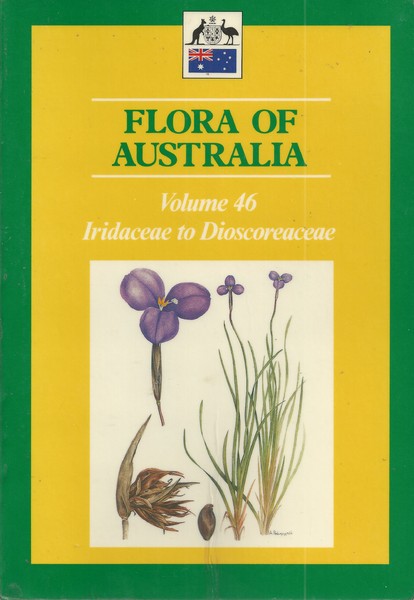xii, 247 p. : ill. (some col.) #050416
The nine families in this volume of the Flora of Australia are Iridaceae, Aloeaceae, Agavaceae, Xanthorrhoeaceae, Hanguanaceae, Taccaceae, Stemonaceae, Smilacaceae and Dioscoriaceae. The Xanthorrhoeaceae has the largest representation with 10 genera and 99 species. Most are endemic with a few species of Lomandra and Romnaldaextending to neighbouring islands. The family includes the spectacular blackboys and grass-trees.
The Iridaceae is largely represented by naturalised species with 52 of the 78 species being introduced. Many of the introductions are ornamentals and several have become serious weeds. Patersonia is the largest genus with all 17 species endemic. Some of these are cultivated as ornamentals.
The Dioscoriaceae is a family of economic significance, particularly in the old world tropics where some species are cultivated or collected for their tubers and bulbils. In Australia there are 5 species, one of which is a recent introduction. The endemic and native species, commonly known as yams, are traditionally eaten by the Aboriginees.
This volume covers 9 families, 56 genera and 227 species.
26 new taxa are described, including the new genus, Xerolirion A.S.George (Xanthorrhoeaceae), as well as many new combinations and lectotypifications.
